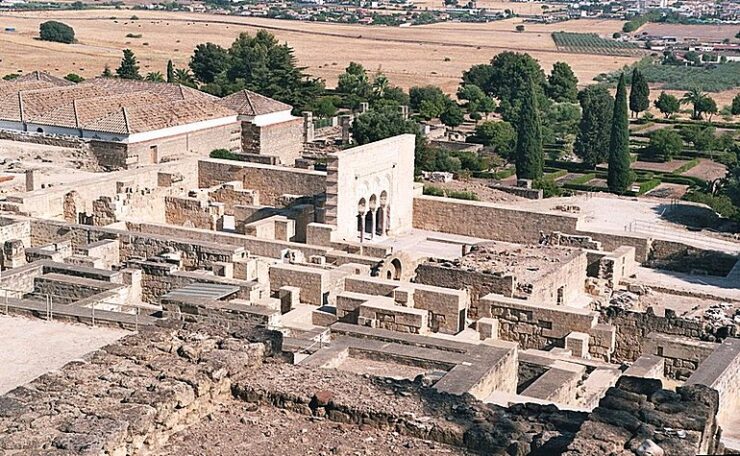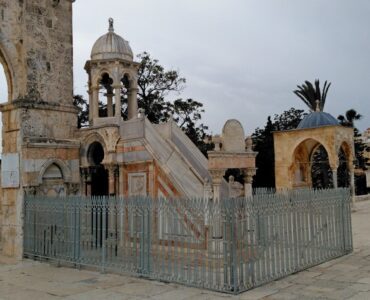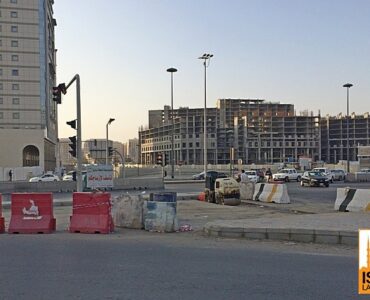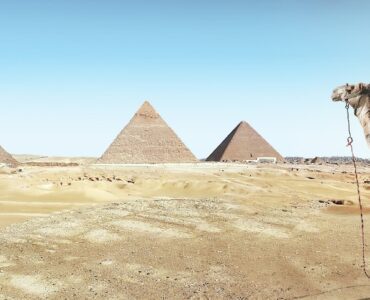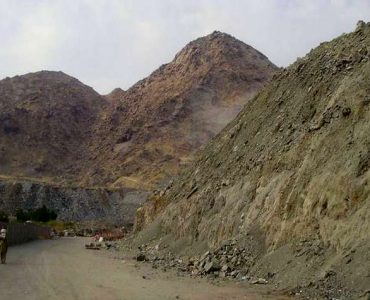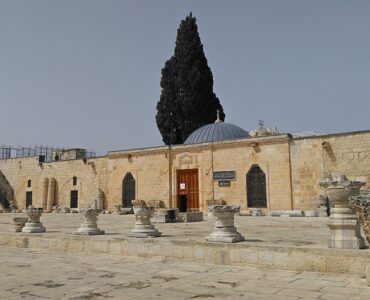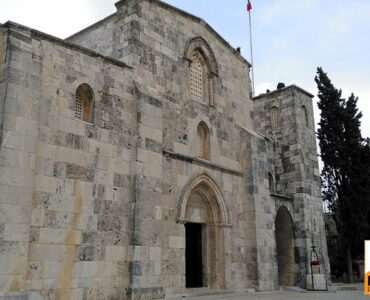Some twelve kilometres outside of Cordoba, at the foot of the Sierra Morena, lie the ruins of Medina Azahara (‘City of the Flowers’), the courtly city to end all cities.
- By the 10th century, Cordoba had mushroomed in size and importance so much so that Caliph Abd ar-Rahman III moved his headquarters to this specially built palace city. One theory is that the self-declared Amir al-Mu’minin (Prince of the Believers) built Madinat Az-Zahrah to prove his caliphate’s glory to his rivals, the Fatimids of Ifriqiya in North Africa.
- Staggeringly opulent, its walls and pillars were encrusted with amber, coral and jewels, while its mosque was known as the ‘little sister’ of the Mezquita of Cordoba. The complex not only included the caliph’s private residence but also the court, viziers quarters, army barracks, schools, gardens. In short, it was an entire, self-sustaining town independent of Cordoba.
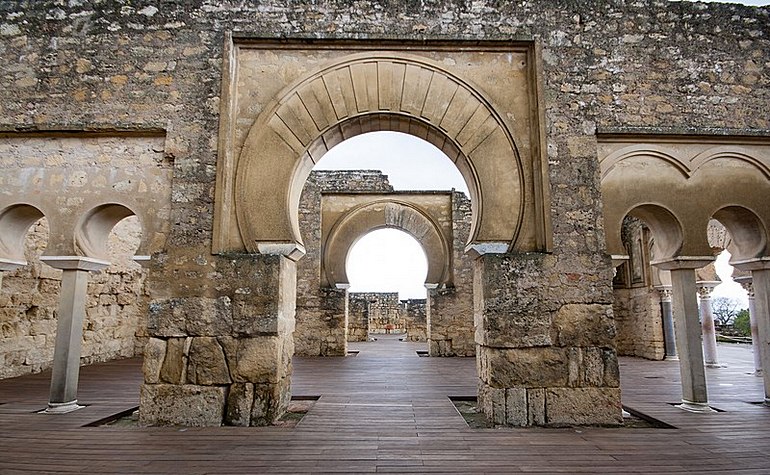

- This palace complex was once so magnificent that courtiers from around Europe flocked to visit it. According to one contemporary writer, foreign ambassadors were led on their horses from Cordoba under a double row of soldiers that stretched the full twelve kilometres between the city and the palaces, all holding their swords high to form an arch over their heads. Once inside the palace complex, they were led (probably with some relief at having escaped the swords) past a mercury pool that shimmered with every breeze, then from one magnificent room to another, all filled with sumptuously dressed Moorish dignitaries, before finally meeting the Caliph.
- This palatine city epitomises the hubris of the time barely eighty years after this dazzling place was constructed, it was sacked by angry unpaid soldiers in 1010 CE and left in ruins during a civil war that marked the end of the caliphate and the beginning of the second taifa period of Al-Andalus.
Reference: HUMA’s Travel guide to Islamic Spain

